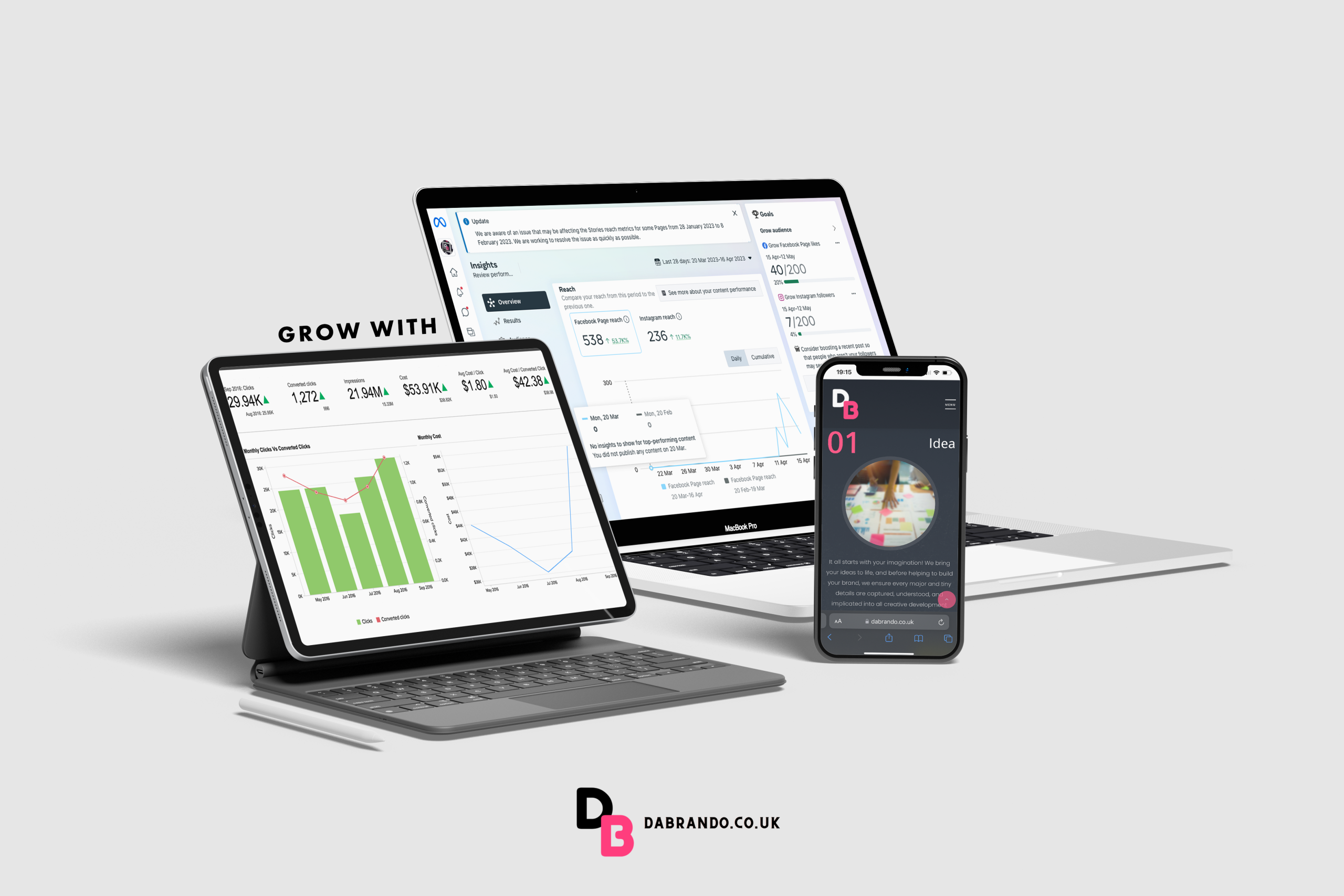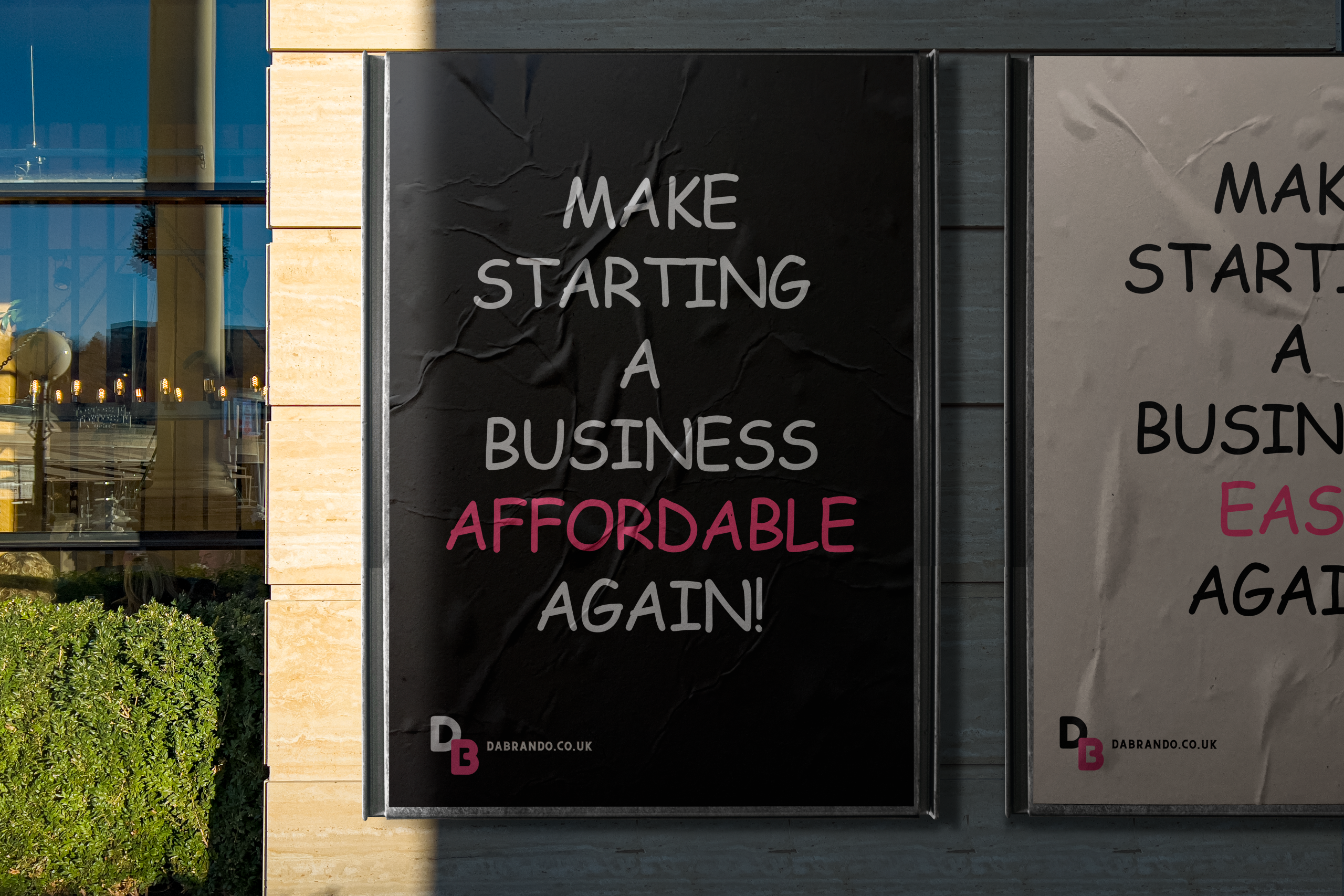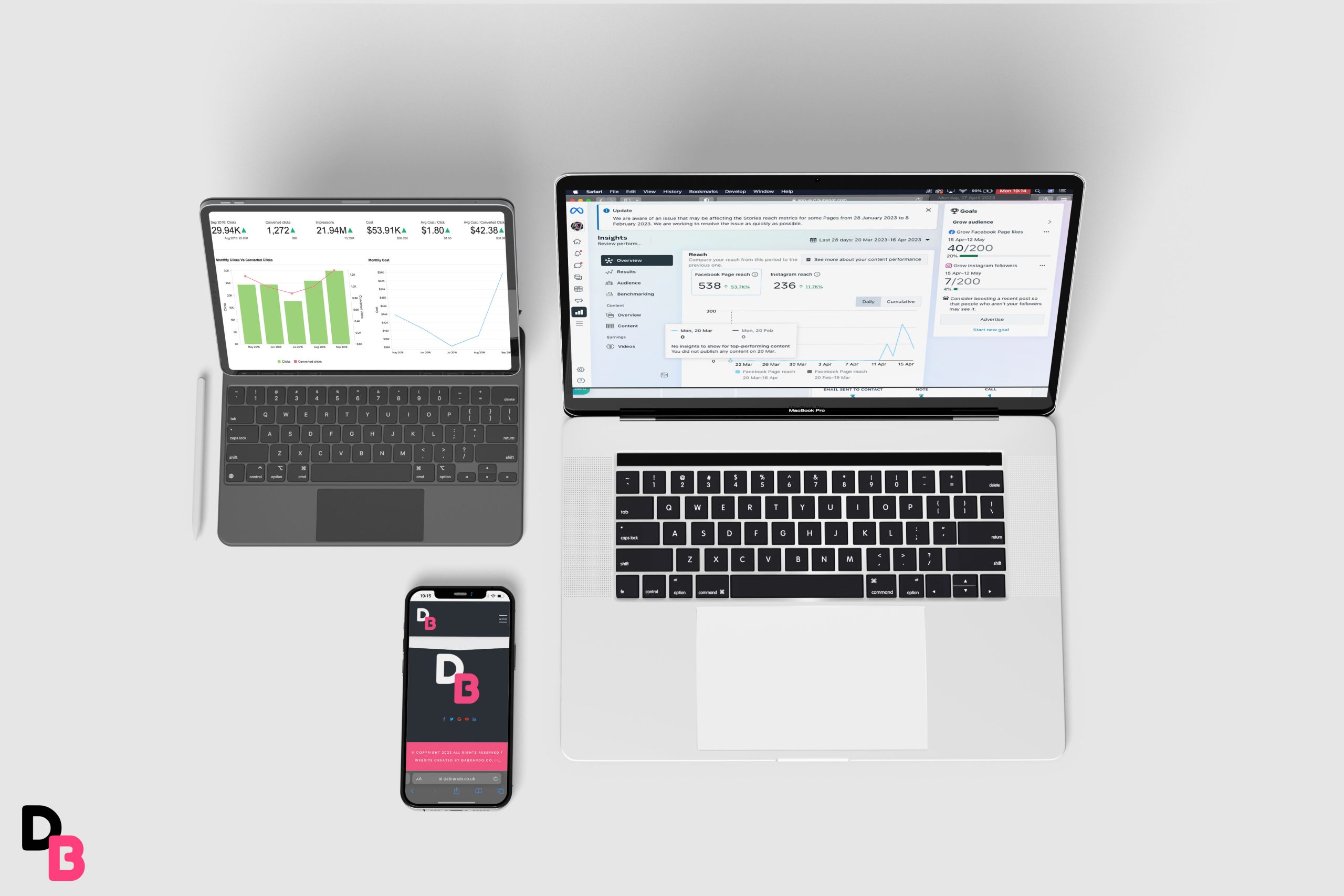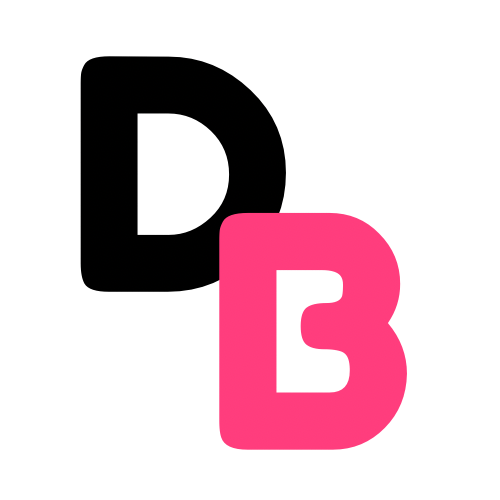Google Ads vs Meta Ads: Which is Best for Sales?
Two giants that still dominate the paid advertising space: Google Ads and Meta Ads (formerly known as Facebook Ads). Business owners, marketing managers, and entrepreneurs alike often find themselves asking the same question: Which one is better for promoting my business?

The short answer? It depends on your goals, audience, industry, and budget. But don’t worry — we’re breaking it all down so you can make the most informed (and profitable) decision possible.
Understanding the Difference: Google Ads vs Meta Ads
Before we compare performance, costs, and strategies, let’s get clear on what each platform actually does.
What is Google Ads?
Google Ads is a search-based advertising platform. It allows businesses to show ads on Google Search, YouTube, Google Maps, and its massive Display Network (which includes millions of partner websites and apps).
When someone searches for a term like “plumber near me” or “best digital marketing agency”, your ad can appear above the organic results — meaning you’re right where your customers are looking.
Types of Google Ads:
- Search Ads (text-based)
- Display Ads (image banners)
- Video Ads (mainly on YouTube)
- Shopping Ads
- Local Service Ads
What is Meta Ads?
Meta Ads refers to advertising across Facebook, Instagram, Messenger, and the Audience Network. These are interruption-based ads — your audience isn’t actively searching for your service, but you’re capturing their attention in the middle of their social scroll.
Meta is particularly strong for targeting by interests, behaviours, and demographics, making it powerful for visual storytelling and B2C campaigns.
Types of Meta Ads:
- Image and video feed ads
- Stories and Reels ads
- Carousel and collection ads
- Lead generation forms
- Retargeting audiences
Audience Targeting: Intent vs Interest
One of the biggest distinctions between Google and Meta lies in user intent.
Google Ads = High Intent
Someone using Google Search is typically looking for a solution right now. If someone searches “emergency dentist London,” they’re not browsing casually — they’re ready to book. Google Ads allows you to tap into this purchase-ready traffic, making it ideal for direct response marketing.
Meta Ads = High Interest
Meta excels at finding your ideal audience based on their interests, job titles, age, online behaviours, and more. You can target newly engaged couples, small business owners, or fitness enthusiasts — even if they haven’t shown a specific search intent yet.
That makes Meta Ads perfect for brand awareness, storytelling, and generating cold leads at scale.
Ad Costs: Which Platform Is Cheaper?
Let’s address the elephant in the room: Which one costs less?
Google Ads Cost (UK & Global)
- Average CPC (Cost Per Click): £1 – £5+
- Highly competitive industries like finance, legal, and insurance can see CPCs above £10-£15
Google Ads can become expensive — but it often drives faster, purchase-ready traffic that justifies the cost.
Meta Ads Cost
- Average CPC: £0.30 – £1.50
- Average CPM (Cost Per 1,000 Impressions): £4 – £10
Meta Ads are generally cheaper to run, especially for top-of-funnel campaigns, but may require more nurturing (i.e. retargeting, follow-ups) to convert.
Which Performs Better for Different Business Types?
The best ad platform often comes down to your business model.
Service Businesses & Local Trades:
Google Ads wins for high-intent, location-based leads like plumbers, solicitors, or emergency services.
Ecommerce Brands:
Meta Ads typically perform better for visually-driven products and impulse buys. Combine with retargeting for best results.
High-Ticket or B2B Services:
A combination of both often works best:
- Google Ads to target solution-aware searchers
- Meta Ads for nurturing cold leads via educational content and lead magnets
Creative Flexibility: Which One Gives You More Control?
If you love creative storytelling, Meta is your playground. You can run:
- Eye-catching Reels
- Product carousels
- Behind-the-scenes videos
- Interactive polls and CTAs
Google Ads, while powerful, is more restrictive in format — especially for search-based ads, where you’re limited to text and character counts.
Reporting and Learning Curve
Both platforms offer in-depth dashboards, but…
- Google Ads tends to be more technical and data-heavy. Great for analytics pros.
- Meta Ads is more user-friendly and intuitive for beginners, but often hides performance details behind simplified metrics.
If you’re working with an agency (like Dabrando 👋), we’ll help you unlock the full potential of both platforms — without the headache.
Which Platform Should You Use?
Let’s summarise:
| Goal | Best Platform |
|---|---|
| Immediate leads or bookings | Google Ads |
| Brand awareness | Meta Ads |
| Retargeting warm audiences | Meta Ads |
| High-ticket B2B leads | Google + Meta combo |
| Ecommerce growth | Meta Ads |
| Local service visibility | Google Ads |
| Fast sales with high intent | Google Ads |
| Visual storytelling | Meta Ads |
Final Verdict: Why Not Both?
The truth is, Google Ads and Meta Ads aren’t enemies — they’re allies. The best digital marketing strategies in 2025 use a multi-platform approach:
- Google Ads to capture high-intent traffic
- Meta Ads to build brand awareness and retarget cold traffic
- Combine both with email nurturing and content to increase conversion rates
At Dabrando, we specialise in building performance-based ad campaigns that don’t waste budget — we track your ROI every step of the way, whether you’re B2B, B2C, or somewhere in between.
📧 Need help with marketing business? We only charge based on the results we bring clients, no retainers, no hidden fees!
Contact us today at grow@dabrando.co.uk or explore our services to learn more, or Book A Free Discover Call to get started today!





